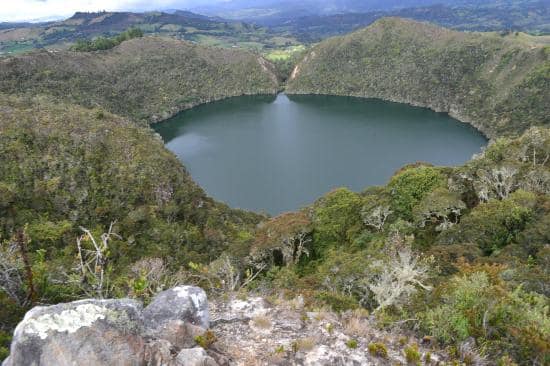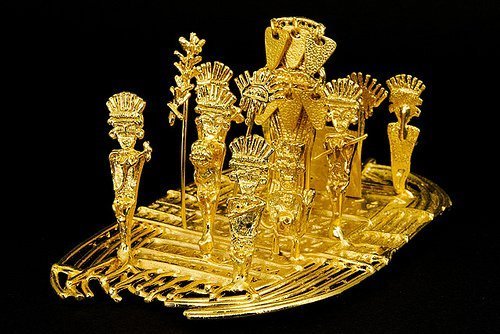#1 The Search for El Dorado
To know a language is a lot more tan remembering the grammatical rules and new vocab. There are also other sides of the language that are very warming like getting to know the culture that surrounds it and, little by little, discovering the traditions that form it.
We know that many of the students that learn Spanish with us in LINCE Spanish School are passionate about history. So we have decided to do this small corner, where monthly you can find brief articles about the Hispanic culture.
Today we will talk about the legend of El Dorado, that during the 16th century provoked the organization dozens and dozens of Spanish expeditions in the New World in search for valuable riches, and would give way to the commonly known Gold Fever of America.
The accounts talk about the rising of the legend in Quito in 1534. They tell the story of a wife of a Chief of the Muisca tribe who fell in love with another man. In revenge, the Chief ordered the death of her lover and locked away his wife. After having a daughter, one day thanks to the help of a maid, she managed to escape to the lagoon of Guatavita (Colombia) where after drowning her maid and her daughter, she committed suicide, throwing herself into the waters as well. When her husband arrived, he saw what had happened and it is said that his wife continued living at the bottom of the lake accompanied by a dragon. From then on, the place converted to site of pilgrimage for Indians of the surrounding areas who would get to the center of the lake by raft and after arriving, as an offering they would throw enormous quantities of precious metals and stones.
The lagoon of Guatavita, holy place of the Muiscas, situated 63 km north of Bogota.
This place, because of its holy character, turned into a ceremonial center of inauguration for the furture Chiefs (or Zipas in the Muisca language). The ceremony consisted of the future ruler being taken in an adorned raft where they deposited the offerings (gold and precious stones) for the gods. The Chief whose body was cover completely in gold dust, was accompanied by four other Chiefs who, once at the center of the lake, would toss the treasures into the lagoon at the same time as the future ruler would go into the water also. This story gave way to the legend of El Dorado.
The hunters for El Dorado searched everything in search of the riches, two regions which are found between Ecuador, Colombia and Venezuela: the northern foothills of the Andes and the mountain range of Guayana. The most important expeditions between 1535 and 1612 were those of Hohermuth, Jimenez de Quesada, Vadillo, Federmann, Benalcazar, Perez de Quesada, Von Hutten, Antonio de Berrio and Fernando de Berrio. The Amazon river, for example, also was explored thanks to the myth, which as more and more was being colonized, began to move from Colombia into the Guayanas.
Returning again the Guatavita, there were many attempts to drain the lagoon to retrieve its treasures. Among the most important where those of Lazaro Fonte and those of Hernan Perea de Quesada and Antonio de Sepulveda who had different luck.
Balsa Muisca, decorated with gold and copper, which represented the investiture of the Chief into the lagoon of Guatavita (Bogota’s Gold Museum)


